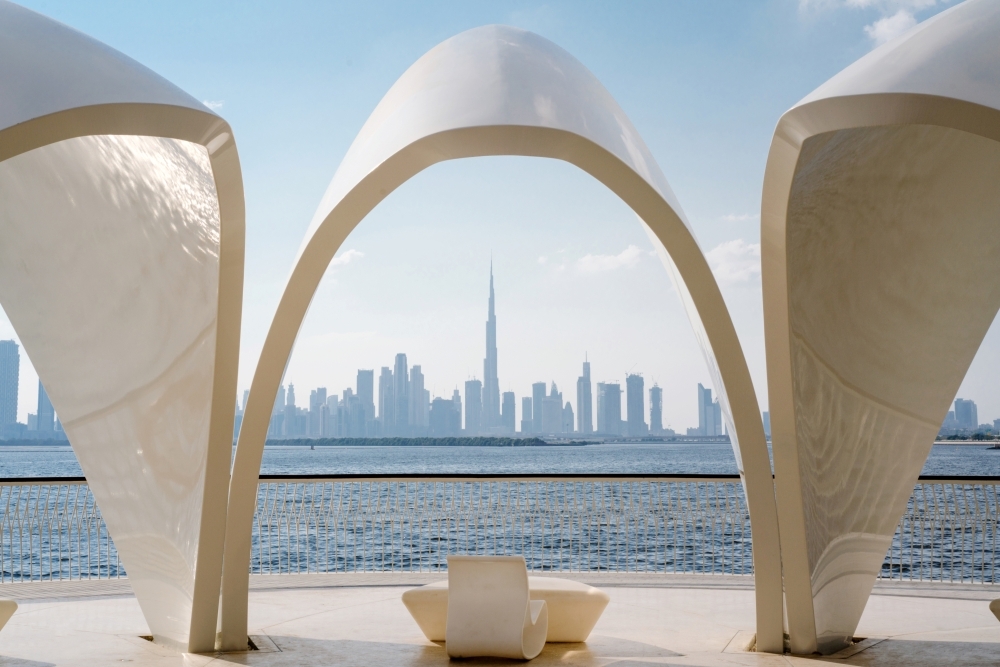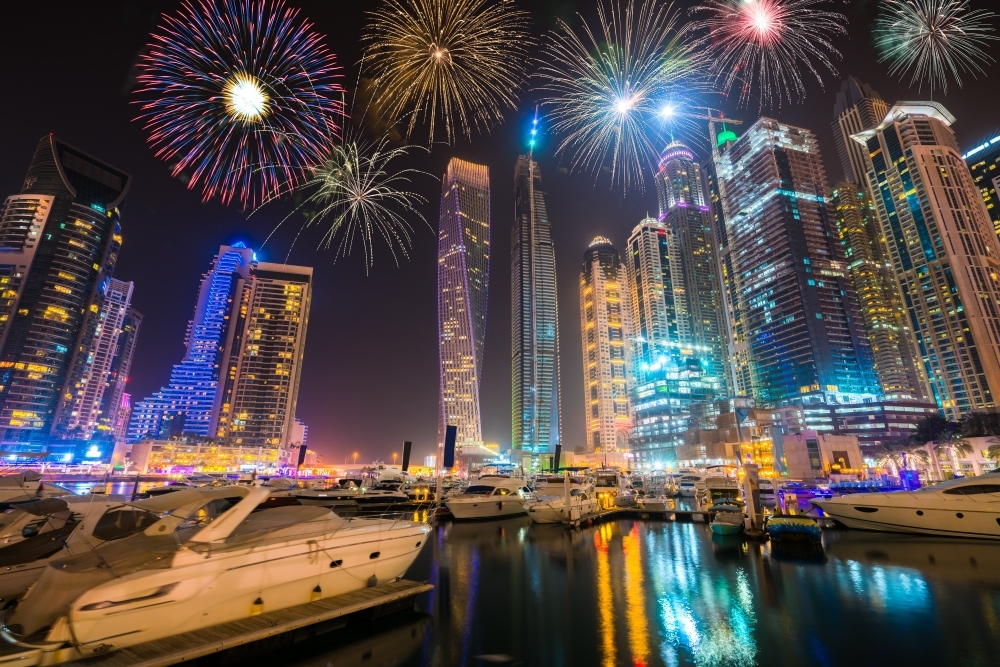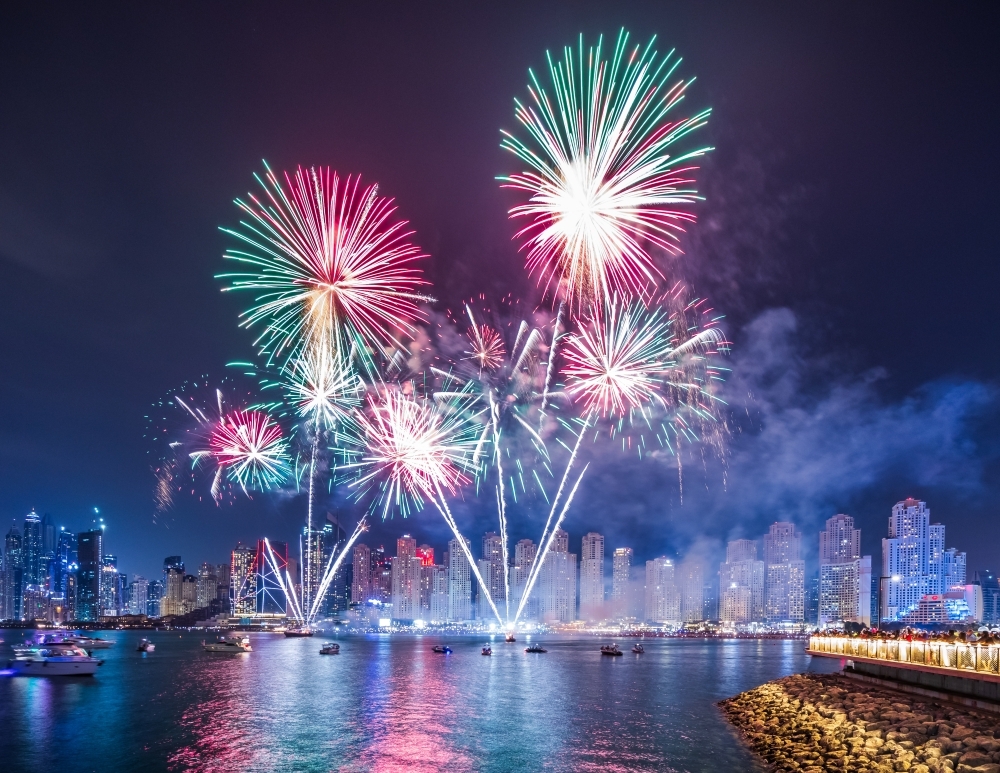Art Worth a Fortune: The Most Expensive Paintings in History
For many people, fine art holds a special significance. Great works of art transcend time and offer not only great aesthetic value but astonishing financial worth. Some paintings have, over time, managed to achieve iconic status, which tends to usher in record-breaking prices. More than just status symbols, these pieces represent the enduring allure of their masters and have stood the test of time as a demonstration of artistic brilliance and cultural significance. Read on to discover the ten most expensive paintings in history.
*Prices have been adjusted for inflation

The Standard Bearer by Rembrandt
Painted in 1636 to signify the artist's move from his hometown of Leiden to the Dutch capital, Amsterdam, this oil-on-canvas self-portrait depicts Rembrandt standing in profile to the right, looking directly at the viewer.
The painting had been in the possession of the Rothschild family, but was also declared a national treasure by France, where it had been on display in the family’s collection for around 200 years. Over time, the work became closely associated with the French, despite being of Dutch origin. When the Rothschilds decided to sell in 2021, the Louvre museum – who had first refusal on the piece – opted out as they were not able to raise the funds. Shortly after, the Dutch government announced their intention to procure the iconic painting, finalising the purchase in February 2022 for $198 million (*$229.8 million).
Les Femmes d'Alger “Version O” by Pablo Picasso
Painted in 1955 by arguably the 20th century’s most prominent artist, “Version O” represents the final painting in Picasso’s series based on Delacroix's The Women of Algiers in their Apartment.
Soon after the series was completed, it was bought in its entirety by Victor and Sally Ganz from the Galerie Louise Leiris in Paris for $212,500, before various individual paintings were later sold to the Saidenburg Gallery in New York.
“Version O” finally found its way into the hands of an undisclosed Saudi collector in 1997 for $31.9 million. However, in 2015, the painting was once again put up for sale, allowing former Qatari Prime Minister Hamad bin Jassim bin Jaber Al Thani to swoop in and part with a cool $179.4 million (*$237.9 million) for the honour of owning a legitimate Picasso.
Pendant portraits of Maerten Soolmans and Oopjen Coppit by Rembrandt
The second entry on today’s list courtesy of Dutch master Rembrandt, the “Pendant Portraits” feature the recently married Soolmans and Coppit. The works were actually painted separately, but in a romantic twist, have stayed together since their inception in 1634.
The paintings were previously known as the "Portrait of Meneer Day" and "Portrait of Mevrouw Day" for over a century, thanks to confusion after Soolmans died and Coppit remarried a different Maerten, which helped conceal the true identity of the artist.
In 2016, the paintings were the subject of a joint bid from the Dutch Rijksmuseum and the Louvre, with the sale finalised for $180 million (*239 million). As has been the case since these exceptional pieces of art were created, the works will continue to be exhibited side by side, alternating between the two locations, and will not be lent to any other institution.
No.6 (Violet, Green & Red) by Mark Rothko
Large expanses of colour dominate this classic, a hallmark of the Rothko style. Painted in 1951, it became one of the most expensive paintings in history in 2014 after it was sold at auction for an eye-watering $186 million (*$247 million).
Like a lot of great artwork, there is a touch of infamy surrounding the story of the sale. Bought by Russian oligarch Dmitry Rybolovlev through Swiss dealer Yves Bouvier, Rybolovlev assumed Bouvier was simply acting on his behalf, as a go-between of sorts. However, it allegedly transpired that once Bouvier had been made aware of the Russians’ interest in the painting, he himself bought it for around $106 million, before selling it on for $140 million, banking a tidy profit for himself. Of course, Rybolovlev only discovered the alleged dupe after the transaction had been finalised, which has resulted in a lengthy, multi-continental court case focusing on more than 30 other transactions between the pair.
Wasserschlangen II (Water Serpents II) by Gustav Klimt
Klimt drew criticism from some quarters upon completion of his classic Water Serpents II, as some commentators saw it as a depiction of same-sex female relationships, a highly taboo topic in 1900s Europe. The painting can also be viewed as a celebration of mythical goddess-like figures, a well-trodden path for painters before Klimt arrived on the scene. And that is surely the beauty of art – one person’s perspective may be wildly different from another's.
Wasserschlangen II – another Bouvier-Rybolovlev sale collaboration – was purchased by the Russian businessman in 2013 in a private sale worth $183.8 million (*248.1 million), but once again, the painting had quite the journey before arriving at Rybolovlev’s door. Commissioned by Viennese art collector Jenny Steiner in the mid-1900s, the artwork was left behind after Steiner’s flight to Portugal upon Nazi occupation of Austria during World War II. Confiscated by the occupying authorities and given to Nazi filmmaker Gustav Uscicky, it was assumed lost until it resurfaced in 2012. In a further dramatic twist, it is commonly acknowledged that Gustav Uscicky was the illegitimate son of Gustav Klimt.
Number 17A by Jackson Pollock
Widely regarded as the painting that launched the career of Pollock, Number 17A is an abstract expressionist piece created using the American’s pioneering drip technique. The work also featured in the August 1949 edition of Life magazine
Once part of the collection of famed American film producer and record executive David Geffen, the piece ushered in an era of dominance for Pollock, who went on to produce other notable works such as No.5, 1948, Mural on Indian Red Ground, Convergence and The Deep.
In 2015, Geffen sold the piece for a then-record $200 million (*265 million) to American hedge fund manager Kenneth C. Griffin, owner of other notable works such as Rubens’ Massacre of the Innocents.
Nafea faa ipoipo? (When Will You Marry?) by Paul Gaugin
This Gauguin classic originated from the artist's desire to stem the flow of faux-primitive artwork that was so prevalent in France towards the end of the 19th century. Travelling to Tahiti, the Frenchman decided it was time the world should see artworks inspired by “real primitive people”. However, upon arrival in the South Pacific, he found out it had already been colonised and primitive culture had all but disappeared.
Despite this, Gaugin produced When Will You Marry?, but the painting received little to no attention upon his return to France. He eventually sold the piece to Swiss art collector Rudolph Staechelin for a paltry 1,500 francs, in whose collection it remained for almost 100 years. Eventually, Staechelin’s family sold the painting for an eye-watering $210 million (*279 million) to the State of Qatar in 2014. It would be interesting to know what Gaugin would have made of that price, having initially found the piece near impossible to sell.
The Card Players by Paul Cezanne
Seen by many as a commentary on rural French culture in the latter part of the 19th century, The Card Players is a series of oil paintings by the iconic post-impressionist Cezanne.
The paintings depict groups of peasants deeply absorbed in card games, gathered in various tavern settings, and are seen by those in the art world as some of Cezanne’s finest works – completed as he entered the final stages of his outstanding career.
With various versions, Cezanne is known to have created multiple drawings and studies in preparation for the series. One version was sold to the Qatari Royal Family in 2011 in a then-world-record sale of $250 million (*349.4 million).
Interchange by Willem de Kooning
One of the pioneers of the abstract expressionist oil painting movement, Dutch-American de Kooning painted Interchange in 1955, marking his transition from creating human forms to abstract landscapes, inspired by his urban surroundings in New York City.
One of the very few artists to make decent money while he was alive, de Kooning sold Interchange shortly after it was completed for a very respectable $4,000, just short of $50,000 in today’s money. The painting was sold to architect Edgar Kaufmann Jr., heir to the Kaufmann department store, which is where it stayed until 1989, when it made global news headlines as the most expensive painting ever sold while its creator was still alive. Bought by a Japanese art dealer for $20.7 million during Japan’s asset price bubble of the late 80s, the painting was resold to David Geffen a few years later as the Japanese economy tanked. In 2015, Geffen decided to cash in, selling the piece for an astonishing $300 million (*$398 million), becoming the most expensive painting ever sold, but not for long…
Salvator Mundi by Leonardo Da Vinci
There’s nothing that can be said about Italian maestro Da Vinci that hasn’t been said a thousand times before. A master of countless disciplines, the almost mythical figure painted a plethora of classics during his 67 years of existence, including the fabled Mona Lisa and The Last Supper.
However, it is for his lesser-known Salvator Mundi for which he enters the record books, but it isn’t without its own slightly controversial story. The painting is believed, by some, to be a copy of a lost original and has been extensively restored. It is for this reason that some leading art commentators have accused Da Vinci of “only” being responsible for certain elements of the work.
The painting depicts Jesus Christ making a blessing gesture with his right hand and was acquired by the aforementioned Dmitry Rybolovlev in 2013 for $127.5 million – another highly contentious Bouvier deal. Rybolovlev’s instincts on the painting were proved correct, however, and in 2017, he sold the work for a world-record $450.3 million (*$577.7 million), a record that has stood ever since.
When discussing art, many factors come into play, often shaped by subjective perspectives. Some collectors prioritise artistic merit, while others are drawn primarily by the prestige associated with a piece. The world’s most expensive paintings reveal as much about their collectors as they do about the artworks themselves, highlighting how emotion frequently outweighs logic in these transactions. As prices continue to climb, the question remains: which artwork will next redefine history and claim the title of the world’s most expensive painting?



